Cocaine in the Netherlands is available, semi-popular, and relatively affordable.
In fact, the drug and country have a history together that goes way back.
In the Netherlands, there’s often a lot of talk about cocaine — in part due to raging gang wars in the major cities, and also in part due to its growing social acceptability (at least among certain classes).
So, here’s what you need to know.
Disclaimer: DutchReview does not support or condone in any form the use of any illegal drugs, including But hey, if you’re going to do it, you might as well be informed, right?
- Is cocaine legal in the Netherlands?
- How do you buy cocaine in the Netherlands?
- How much does cocaine in the Netherlands cost?
- Words in Dutch for cocaine
- How does cocaine get to the Netherlands?
- What are the effects of cocaine?
- A comedown on cocaine
- What is the difference between crack cocaine and cocaine?
- Do’s and don’ts of taking cocaine
- History of cocaine in the Netherlands
- History of cocaine: from South America to the most seized drug in the Netherlands
- The human cost of cocaine production
Is cocaine legal in the Netherlands?
Cocaine, along with other non-medicinal drugs, is illegal in the Netherlands. This has been the case since 1912 when the Opium Law was passed.
However, because the Dutch government views the idea of a drug-free country as unrealistic, the use of most drugs in the Netherlands is tolerated — which is where the country’s reputation as a drug-tolerant country comes from.
Producing and dealing in cocaine are both punishable by law, although typically you probably won’t be prosecuted for possession of between 0.5 and 1 gram for personal use.
Police do often seize it when they find it on you, though — after all, cocaine is the most commonly-seized drug in the Netherlands.
How do you buy cocaine in the Netherlands?
If you want to score some cocaine in the Netherlands, you’ll need to find a dealer first. Most people find dealers through friends or by asking around at a party.
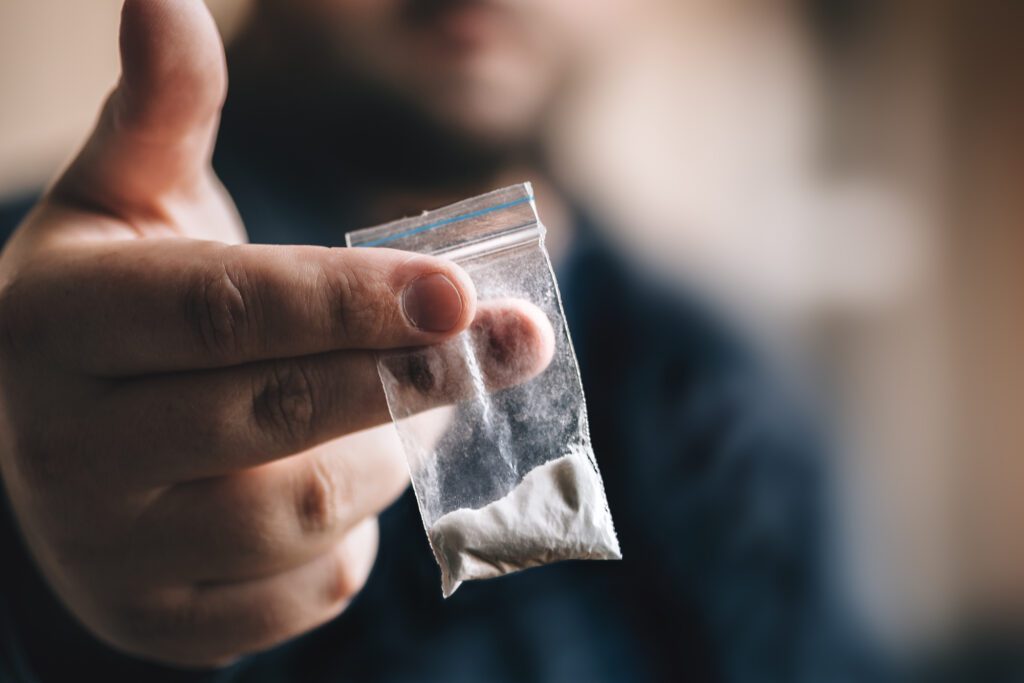
It’s best to have an introduction to a dealer through someone who has bought from them before. Street dealers do exist in the Netherlands, so there’s a chance you’ll be offered some cocaine in a dark alleyway — but there’s no guarantee of the quality. You might get crack, talcum powder, or even heroin instead.
TIP: You can have any drugs you purchase in the Netherlands scientifically tested at Jellinek. The service is anonymous and virtually free (It’s €2.50 per drug sample in Amsterdam). Find out more.
Dealers are typically quick and easy. If you messaged a dealer and ordered a pizza at the same time, the cocaine would almost be guaranteed to arrive faster.
Some people purchase their drugs through the Dark Web and have them posted to their mailbox. Pretty silly though, right? You have no idea what you are ordering or if you’ll be caught.
How much does cocaine in the Netherlands cost?
You can expect to pay between €50 and €60 for one gram of cocaine in the Netherlands.
How pure is cocaine in the Netherlands?
A 2018 study found that the average level of cocaine in cocaine powders in the Netherlands was 65.5%. This is considered to be among some of the purest in Europe.
But what substances are commonly used to bulk out the drug? How do you know what you’re actually putting up your nose?
Truth is, unless you get every cocaine batch you order tested, you can’t truly know. There’s no obvious signifier just by looking at it as drug dealers use substances with the same texture and colour.
Sometimes batches of cocaine are mixed with innocent ingredients such as caffeine but most of the time it is dangerous substances like the following:
| Substance | What it is normally used for |
| Strychnine | Rat poison |
| Sodium carbonate | Laundry detergent |
| Levamisol | Medication to kill parasitic worms in animals |
| Magnesium sulfate | Epsom salts |
| Fentanyl | An opioid used as pain medication |
Lidocaine is also common and mimics the numbing of the mouth and gums people associate taking cocaine with. In a study of drugs, lidocaine was discovered in over 66 per cent of the cocaine batches seized for testing.
What an Amsterdam street dealer has to say
Vice spoke to a long-running street dealer who has been selling drugs in Amsterdam in the 1980s. He said “It’s terrible out on the streets now. People are selling all kinds of shit. Like lidocaine, for example. If you put that on your gums, it will numb them a bit, just like with cocaine.”
“People are cutting their stuff more and more. The quality has just gone downhill. And sometimes I sell flour or baking powder.”
Words in Dutch for cocaine
There are a few Dutch slang words for cocaine of course, other words for cocaine in Dutch include: soz/sos, kabouterpost, witte motor, wit brood, Colombiaans marcheerpoeder, neus poederen, nakkie, lijntje, sleuteltje etc.
Other general colloquialisms include coke, coca, snow, blow, charlie sheen, nose whiskey, powder
How does cocaine get to the Netherlands?
Most cocaine sold in the Netherlands today is not produced here, unlike during WWI. Most of it is produced in South America.
So you may be wondering exactly how it gets here. Most of it is produced in Colombia and is then transported to one of the Netherlands’ former colonies in the Caribbean.
From there, it travels by ship to the flat shores of the Netherlands, usually via Rotterdam.
Often smugglers will install a false bottom on a container, under which they will hide their illicit cargo. It’s also been found in the soles of shoes, inside fish, and in fairground rides.
Getting the cocaine from boat to land usually involves either a corrupt official or pure luck (given the amount of cargo coming ashore each day, something will always slip through).
What are the effects of cocaine?
As with anything, it affects people differently. Ever heard the saying “different strokes for different folks”? Well, it’s the same with drugs.
Some people report feeling much more energised and curious on the drug whilst others say it increases their anxiety levels and gives them hot flushes.
Generally speaking, cocaine is a strong stimulant that increases the natural level of dopamine found in our brains. Dopamine is a neurotransmitter that creates feelings of reward, motivation, and pleasure and generally makes us feel good.
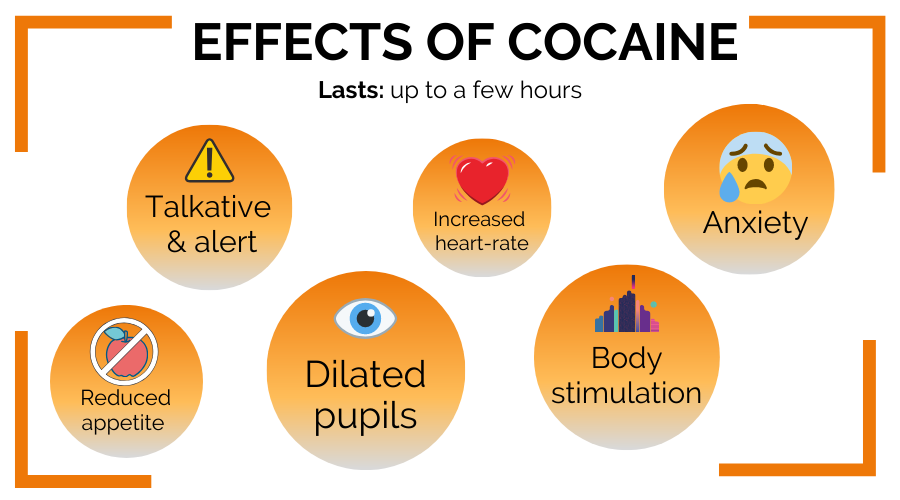
A comedown on cocaine
A comedown is a mental and physical crash after taking drugs. If your brain has had an abnormal amount of ‘uppers’, then your body and mind with feel withdrawal when it is no longer high. This can manifest itself in a variety of ways but most commonly:
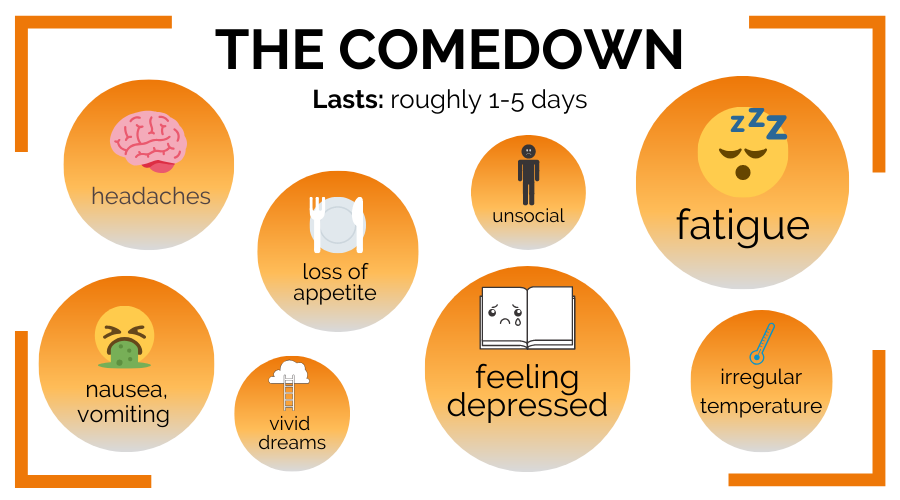
The comedown can last between a day to a few days depending on what you mixed the drugs with and how late you partied, and so on.
Make sure you drink enough water, try and eat healthy food and get enough rest. If you are still not feeling right after 5 days, go and speak to your doctor.
What is the difference between crack cocaine and cocaine?
Both substances are derived from the coca plant. Cocaine is the powder form of the plant that is typically snorted, rubbed on gums or injected into veins.
Crack on the other hand is smoked. It differentiates chemically because the cocaine powder is mixed with water and baking soda.
This mixture is heated to dissolve the hydrocholoride component and results in a far more concentrated form of cocaine. Instead of a fine powder, tiny rocks are created.
Do’s and don’ts of taking cocaine
We don’t want to glamourise cocaine, but if you make the decision yourself to engage it’s important to be educated on drugs and their use.
Here are a few things that you must take into consideration if you are planning on using cocaine:
| Do’s | Dont’s |
| Do go to the toilet even if you feel you don’t need to go as drugs can interfere with the bladder signals to the brain | Don’t give in to peer pressure – you must feel comfortable taking drugs |
| Do make sure you are with a friend who trust completely | Don’t buy drugs from street dealers (see point 9) |
| Do take small doses and work your way up to the high – the effects can take a while to kick in and you don’t want to be caught off-guard by taking too much in one go | Don’t try drugs for the first time in a setting you are not familiar with. If you get anxious or paranoid is it good to be able to venture home |
Being educated about drugs is your responsibility. We all must choose wisely, make informed decisions and try to mitigate the risks if we choose to take recreational drugs.
It’s also good to bear in mind that sometimes you’ll get darn right ripped off and dealers will sell you baking soda as “cocaine”.
History of cocaine in the Netherlands
Bizarrely, the Netherlands was once the biggest cocaine manufacturer in the world
The Dutch cocaine factory supplied soldiers drugs during the war
The Dutch cocaine factory was located in Amsterdam on Weespertrekvaart. Conny Braam wrote a book about the Dutch cocaine factory and spoke to Vice about her findings.
She pointed out how during her research it became apparent that cocaine sales from the Netherlands soared during World War I.
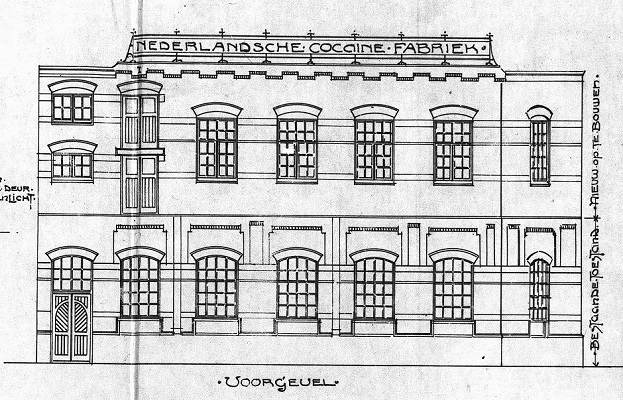
Why? Because cocaine was given to soldiers to increase their productivity in the war zone. It suppressed appetite, reduced fear and heightened alertness which made it very effective for tired and hungry soldiers in battle.
Is that how the Netherlands became such a wealthy economy?
The Dutch sold cocaine to so many people which perhaps held them in good stead to become the most competitive economy in Europe…
“Everybody from the British, the Germans, the French to the Canadians. Neutral Netherlands supplied coke to all of those countries.”
But after the war ended, what happened to the soldiers addicted to cocaine?
In 1919 the Dutch Opium Law came into force making cocaine a controlled substance and exports bans were put in place.
So what happens to the thousands of vulnerable soldiers who are heavily reliant on the drug? A black market emerged (which is still in use today).
History of cocaine: from South America to the most seized drug in the Netherlands
Certain populations of South Americans have been chewing on the leaves of the coca plant for over 4,000 years. This ‘snack’ reduces tiredness and boosted energy levels required for the hard labour in the mountainous terrain.
Spanish invasion
When the Spanish invaded Peru in 1532 they took control of the coca leaves and would regulate their distribution to labourers. They began taxing the leaves and tried to export them to Europe but the leaves did not travel well.
Invention of cocawine
As technology advanced and knowledge of the plant became more refined, cocaine was transported to Europe in a drink called ‘Cocawine’.
This wine was created by a French chemist named Angelo Mariani who mixed the coca leaves with alcohol to create a potent wine. Advertisements for this wine included “fortifies and refreshes body and brain and restores health and vitality”.
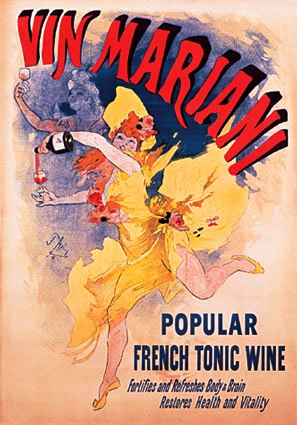
Coca-Cola
Cocawine is said to be a predecessor of cocaine in coca-cola, invented in 1886. Recognise the “coca” part? Well, now you know where it comes from! — the coca plant of course. About one line of cocaine was added to every bottle of Coca-Cola.
Coca-Cola was originally only distributed in soda fountains, meaning only the elites in society could afford the beverage. In time, Coca-Cola bottles were invented which gave the rest of society access to the soda.
A drink that originally showed status slowly became “corrupted” by the minorities. Grace Elizabeth Hale in The New York Times explains “southern newspapers reported that “negro cocaine fiends” were raping white women, the police powerless to stop them. By 1903, Candler [manager of coca-cola] had bowed to white fears [by] removing the cocaine and adding more sugar and caffeine.”
Widespread use
Writers and artists such as Henrik Ibsen and Robert Louis Stevenson came to love the drug. The Independent found that Sigmund Freud wrote a paper entitled “über cola” and said the drug brought “exhilaration and lasting euphoria, which in no way differs from the normal euphoria of the healthy person”.
It is now one of the most consumed drugs in the world. The European Monitoring Centre for Drugs and Drug Addiction 2019 Netherlands drug report showed that cocaine is the most seized drug in the Netherlands, followed by cannabis and then MDMA.
The human cost of cocaine production
Nearly 75 million euros worth of cocaine is bought in Amsterdam annually and an investigation conducted over six months showed that 30% of people have used the drug.
The production of cocaine is illegal so there is no law which can protect the cocaine producers or drug traffickers.
Many people are coerced into drug trafficking, and cocaine producers in South America make very little money and work in harsh conditions.
The street value of a gram of cocaine ranges between 25 and 50 euros but the South American cocaine labourers receive about 50c for a days work.
You may think narcos are cool because you see them on TV, but did you know that drug cartels make around €24 billion a year on the back of 8 000 dead people? pic.twitter.com/M2EzcVwsAR
— Europol (@Europol) September 23, 2019
We hope you learnt something new about cocaine in the Netherlands. Do you think we missed anything? Or is there something else you would like us to cover? Let us know in the comments below!





yo
Nice Info, thanks.
I will just add that I saw the other day a Coca-cola documentary. They mentioned that still a ‘not activated component of Coca is still added’
I think I saw the documentary in History channel. If I find again I will share it. It was about the history of Coca-cola